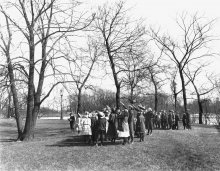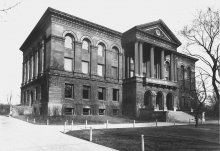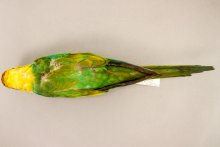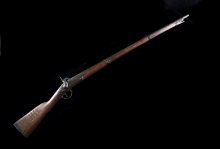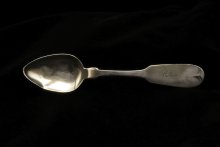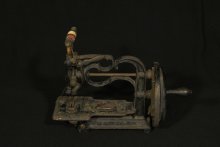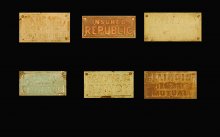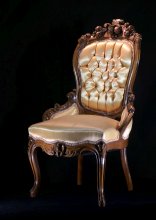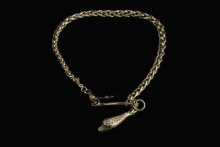Civil War Era (1848-1877)
The period that opened with the adoption of a new state constitution saw continued growth in agricultural and industrial production. The state’s population grew rapidly with settlers from other states but especially due to immigration from German states and Ireland. Growing debate over the role of slavery in the life of the nation raised tensions to a level that finally sundered the Union. Illinois’ own citizens, many of whom had settled here from the Upland South, were divided over the issue. As the home of Stephen A. Douglas, a national leader of the Democrats, and his skilled, Republican challenger in the form of Abraham Lincoln, Illinois was a crucial battleground during the decade that ended in war. The advent of photography would revolutionize the way we captured the harsh realities of war and forever changed the way we look at ourselves and the world. The state contributed mightily to the Union cause, providing its commander-in-chief numerous military leaders, more than 220,000 soldiers and sailors, and large volumes of agricultural and manufactured products.
The Chicago Academy of Sciences (now housed at the Peggy Notebaert Nature Museum) offers many outdoor opportunities, including classes like those conducted by Frank Woodruff (1867-1926). This image depicts Woodruff's bird identification class in Lincoln Park, possibly near the Chicago Academy of Sciences’ Laflin Building at Armitage and Clark.
The Chicago Academy of Sciences has a long history in Chicago. Founded in 1857, the Academy opened Chicago’s first public museum in 1869. That building, located at Wabash and Van Buren in the downtown area, was destroyed in the Great Chicago Fire of 1871. Following the fire, the scientific community and public rallied around the Academy.
The Carolina Parakeet was the only native parrot species in eastern North America, with a range that stretched from Florida to the Great Lakes Region, across the Great Plains, and even into New York. Like most parrot species, this was a social bird that lived in large flocks.
This study skin of a Cooper’s Hawk (Accipiter cooperii) was collected in the northern Chicago suburb of Northfield, Illinois, in 1855 by Robert Kennicott, a well-known Illinois naturalist and one of the founders of the Chicago Academy of Sciences.
Private Patrick Carroll carried this musket during the Civil War when he served in the 32nd Illinois Infantry Regiment. Carroll, a native of Ireland, was a 26-year-old blacksmith when he mustered into service at Camp Butler on December 31, 1861. He saw action at the battle of Shiloh and the siege of Corinth before being discharged for disability in August 1862. He returned home to Fayette County, married, fathered seven children, and died in 1901 at age 66.
This silver spoon belonged to Frances Todd Wallace, sister of Mary Todd Lincoln. It was purchased from Chatterton’s Jewelry Store in Springfield (the same place where Abraham Lincoln bought Mary’s wedding ring). The spoon was eventually donated to the Illinois State Museum by Frances’s great-granddaughter.
This hand-crank sewing machine was used by Anna Haight Kipp DeGroff at her farmhouse in Kendall County during the 1860s. It is a New England style machine, manufactured by Charles Raymond. Small, light, and relatively inexpensive, this machine was a popular alternative to the larger, more expensive machines sold by Singer and Howe.
These metal plates were recovered from the facades of pre-Civil War structures throughout Illinois. They were issued by fire insurance companies as a way for policy holders to publicly indicate that their buildings and possessions were insured against loss by fire.
This rosewood chair was rescued from a fire in former Governor Joel Matteson’s private residence in 1873. Built in 1855, Matteson’s Springfield mansion boasted nineteen rooms filled with elaborate furnishings and was considered “a marvel of architectural beauty” in its day. This chair, which was originally upholstered in brocatelle, likely sat in the oil-frescoed first parlor.
This watch chain was made by James M. Daigh of Perry, Illinois, when he was mining gold in California in 1849. Daigh, a native of Virginia, had settled in Illinois during the 1820s and amassed more than 200 acres of land in Pike County.
Pages






